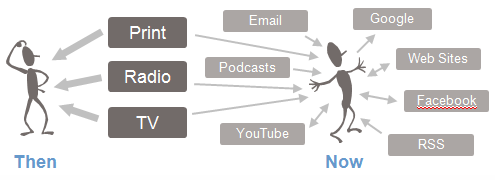The last decade or so has seen IT boom not only in size and
figures but also there has been a blasting high in the number of additions to
Jargons used . Though geeky jargons are often misleading by their lay man
assumptions , but there are quite a few of them which are cooler than they
sound .
Here are some terms broken down and explained in the
simplest possible way :
Data Analytics :
This is a perfect example of how IT jargons are deceptive by look
. The otherwise boring and dumb appearing term actually defines a cooler
process . It is all about taking into account
of all available data and making the best use of it . It can be also explained
as “ crunching of data ” or “ making
stuff out of data ” .
This one is really taking a big shape as companies are
looking deeper into big data , for utilizations such as using personal history
of customers to generate better future transaction results .
Uptime
Provision :
This is again something we regularly glaze over . This when
included in the service terms means that the customer will be provided with the
service as and when required by the individual . This is however a mile’s
distance from the lay man conclusion we derive when one encounters it in text .
Wearable Computing :
This again is something that’s going to be big , very big as
technology heads towards the Cyborg phase . This is generally used for
computing options that come melded physically to humans . Something that
instantly trickles in as an example is the Google Glass , as even more intimate
relations are being planned , as is a new jargon called “ Humantronics ” .
Fog Computing :
Ok , this one appears a bit cool , but what it actually stands for is , well ,
foggy . This stands for the next-generation of cloud computing or the next step
after the presently dominant “ Full Cloud ” services . To explain , the present
cloud set-up requires complete transfer of data to the cloud , as a whole ,
which reduces infrastructural constraints as well as maintenance billings . But
again, this might not sound healthy for individuals . Fog computing refers to
moving relevant parts of data to the farthest corner , to make utilization
efficient and provide an even cheaper option .
Responsive Design :
This again is something very important for today . As we know , it is
incredibly tough to surf age-old websites using our smart phones , with
sometimes , users being forced to droll about the large , beyond screen-holding
capacity pages , searching frantically for the needful . In today’s era , where
smart phones are rapidly coming up as device usage leaders , designers need to
have implementations that are friendly for smart phone screens .













































